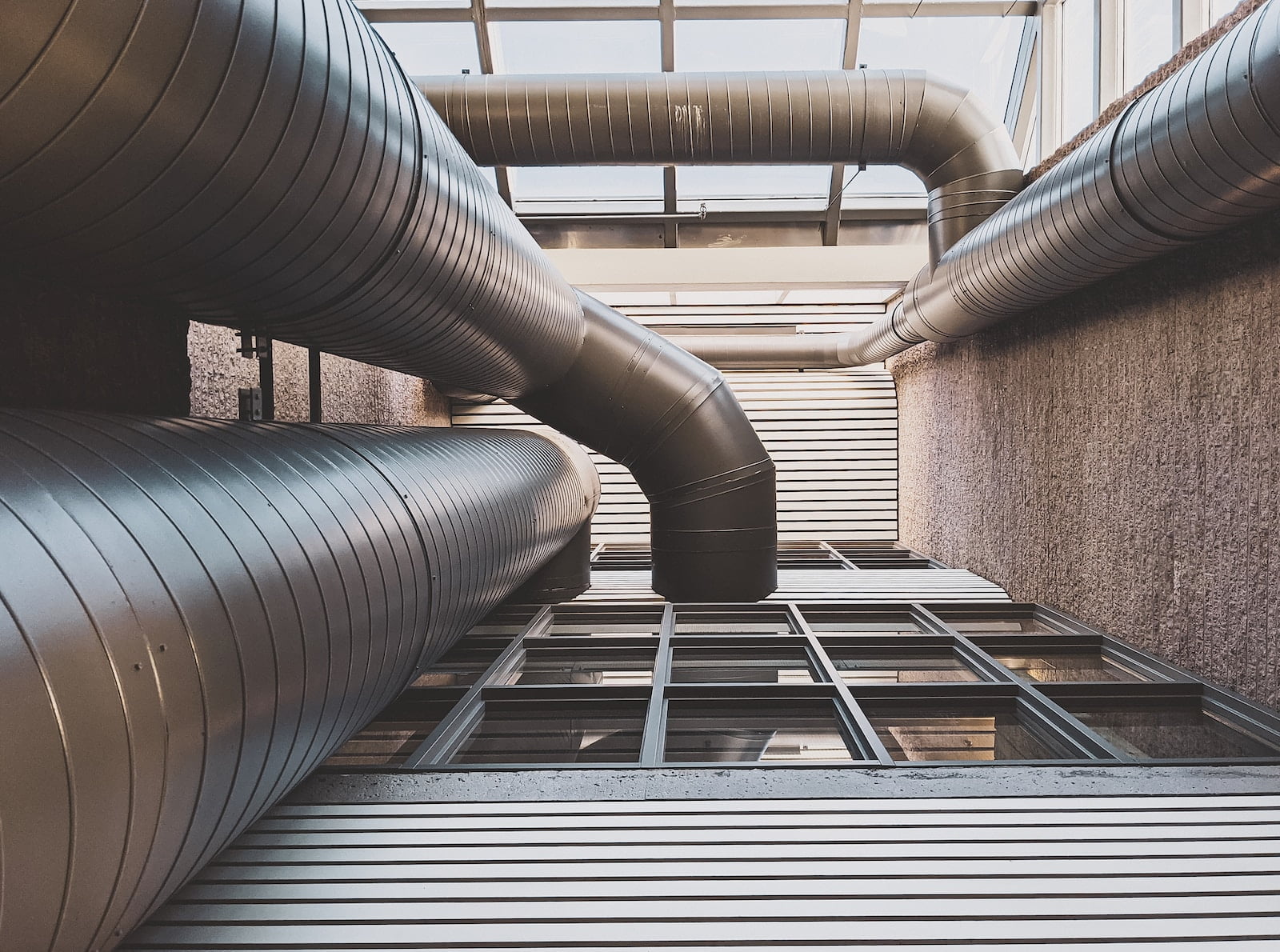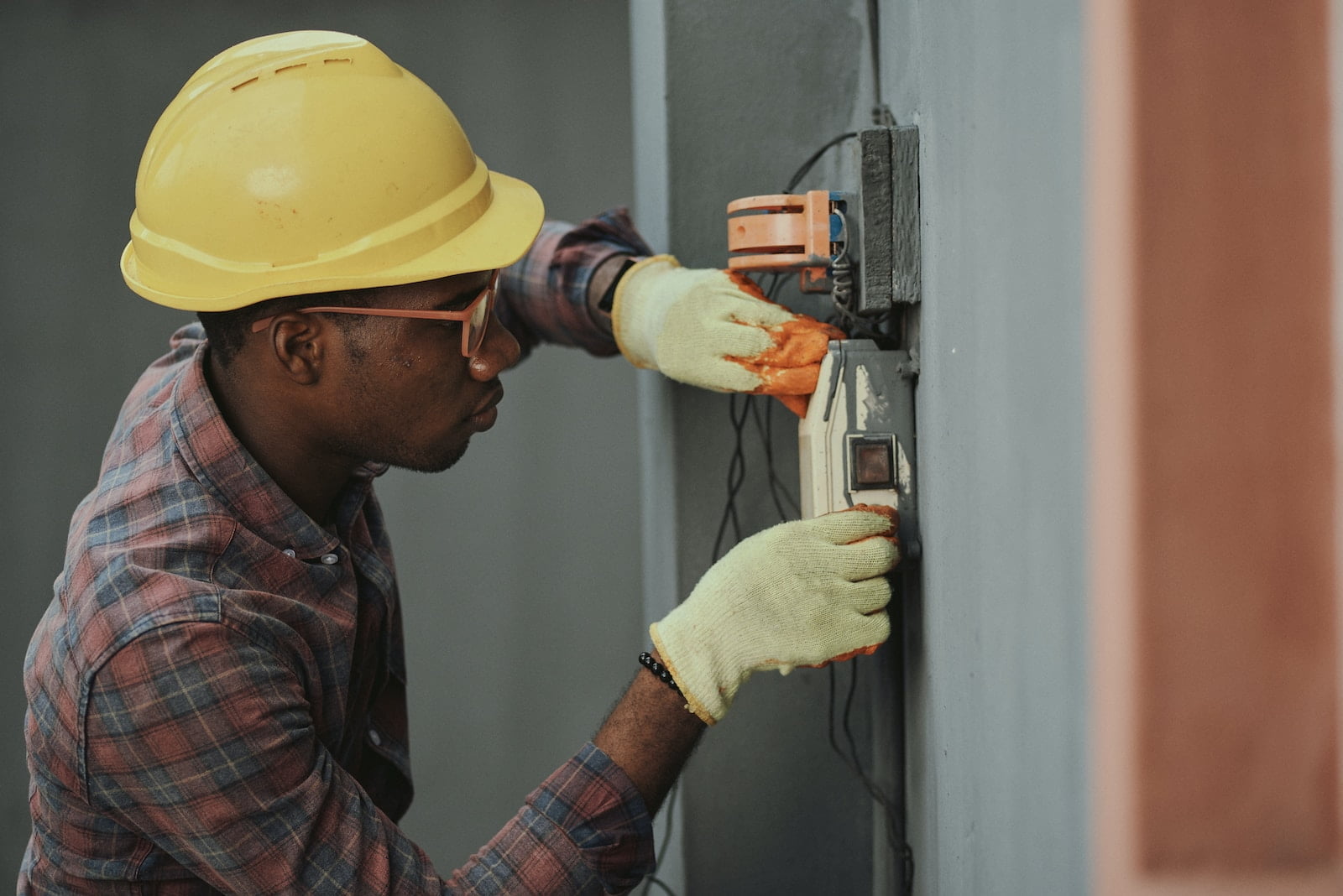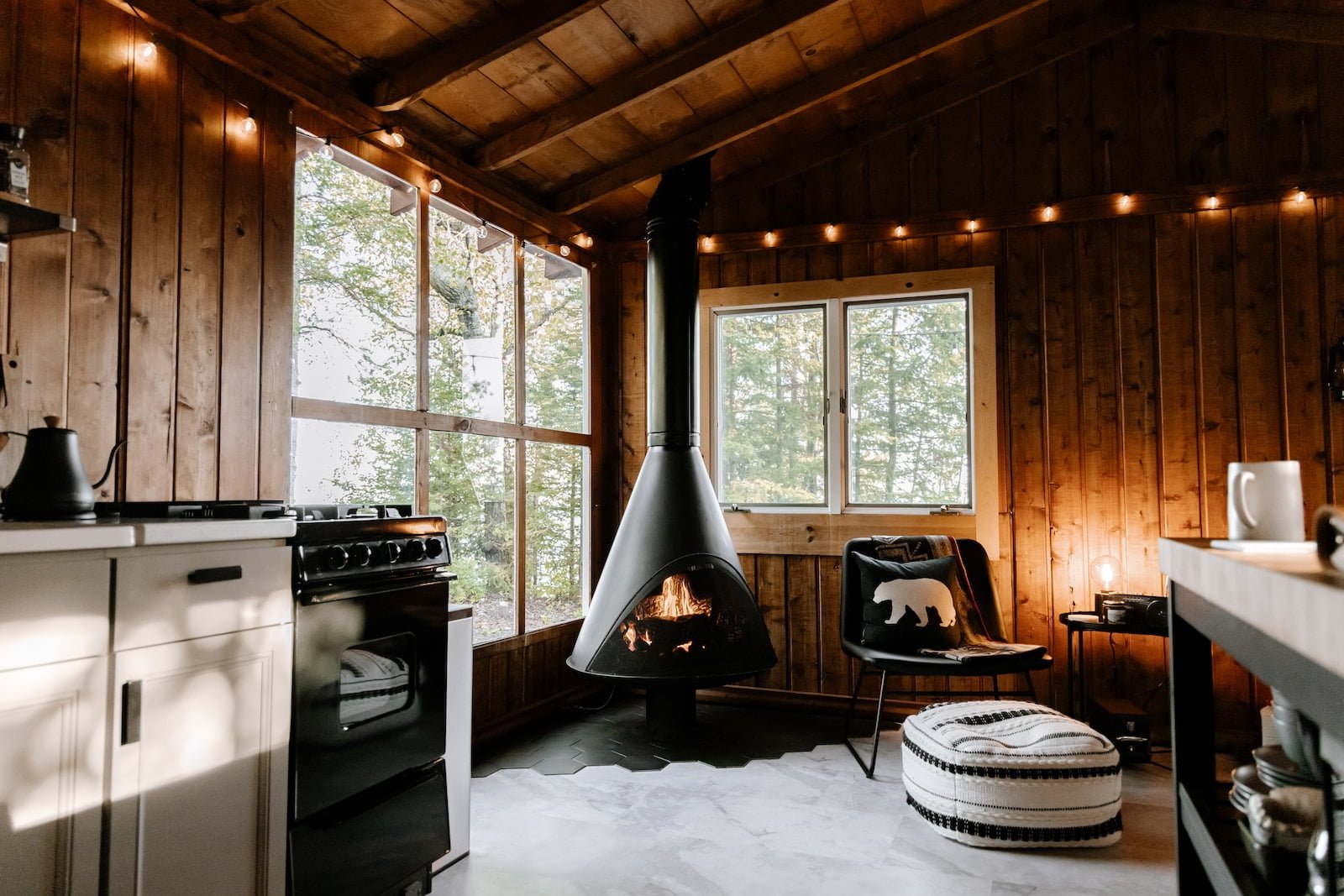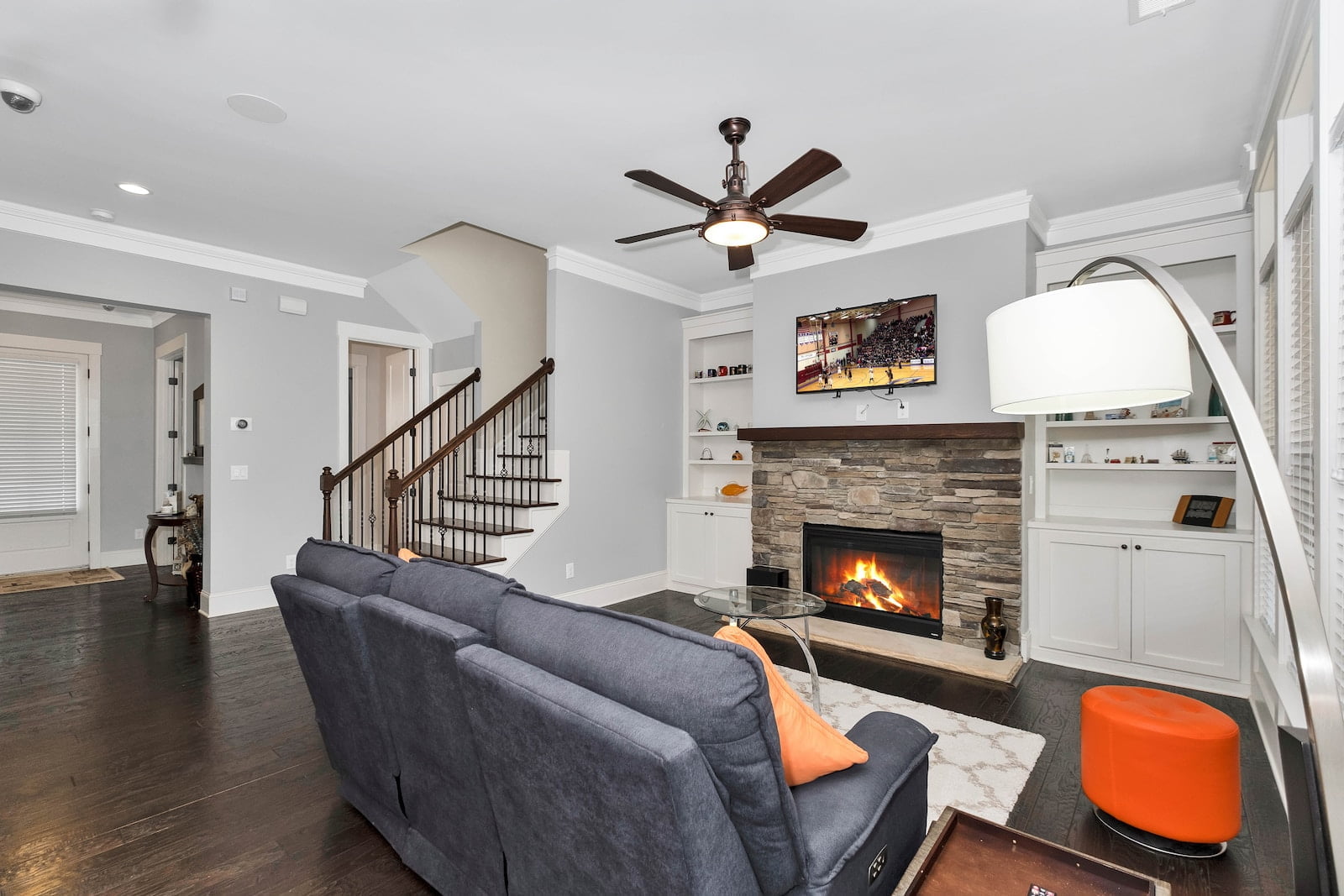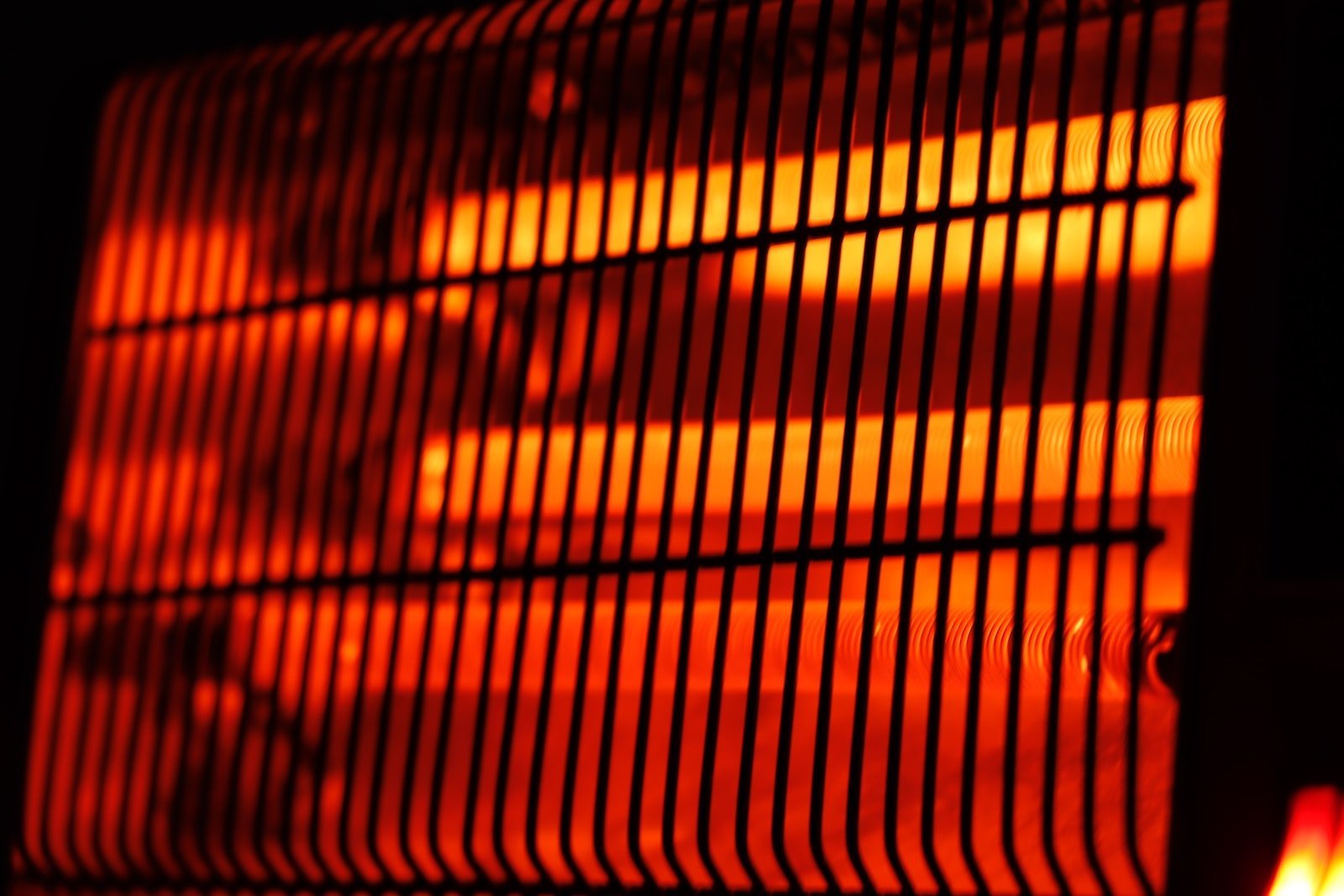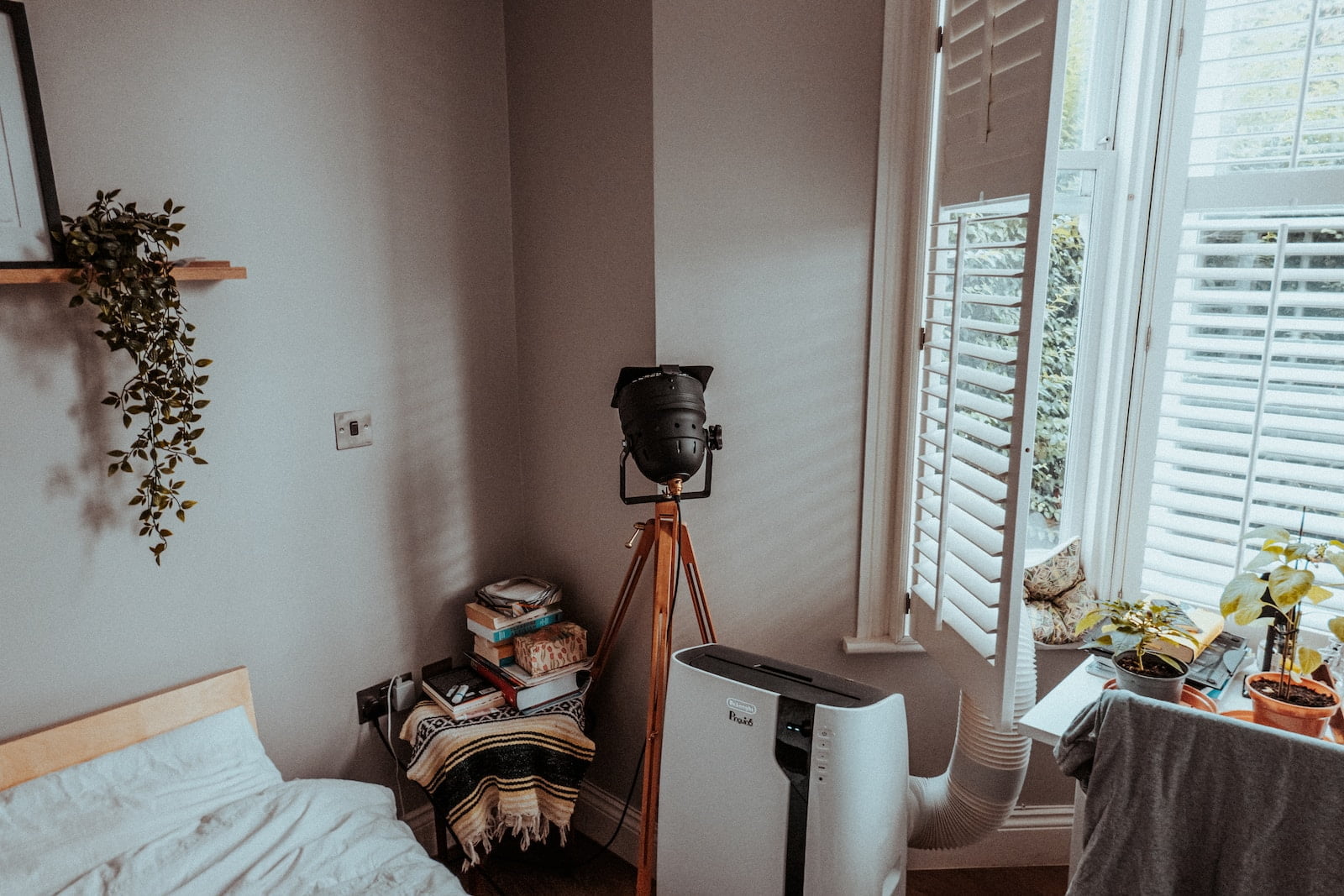What to Expect During HVAC Installation?
When it comes to installing a heating, ventilation, and air conditioning (HVAC) system, it’s essential to understand the installation process. HVAC systems are complex and require a professional installation to ensure optimal performance and efficiency. Whether you’re installing a new HVAC system or replacing an old one, it’s crucial to have a basic understanding of the installation process. In this article, we’ll provide an introduction to the HVAC installation process, including the steps involved and the importance of proper installation.
Firstly, it’s important to understand that HVAC installation is not a DIY project. It requires specialized knowledge and expertise to ensure the system is installed correctly. A professional HVAC technician has the training and experience to handle all aspects of the installation process, from sizing the system to installing the ductwork and wiring. Additionally, a professional installation ensures that the system is safe, energy-efficient, and compliant with all local building codes and regulations.
So, whether you’re a homeowner or a business owner, understanding the HVAC installation process is crucial. Proper installation ensures that your HVAC system operates efficiently, reduces energy costs, and provides optimal comfort year-round. In the following sections, we’ll explore the steps involved in the HVAC installation process and provide tips for ensuring a successful installation.
Pre-installation preparations and requirements
Before installing any software, it is important to make sure that your computer meets the necessary requirements. In the case of software that requires a license, you should also make sure that you have a valid license key. Additionally, it is recommended that you backup any important data on your computer before installing new software. This will ensure that your data is safe in case anything goes wrong during the installation process.
Another important consideration is to make sure that your computer is free from any viruses or malware. This can be done by running a virus scan using a reputable antivirus software. It is also important to close any other programs that may be running in the background before starting the installation process. This will help to ensure that the installation runs smoothly and without any issues.
Finally, it is important to follow the installation instructions carefully. This includes reading all of the prompts and instructions that are displayed during the installation process. If you are unsure about any steps or prompts, you should consult the software documentation or contact the software vendor for assistance. By following these pre-installation preparations and requirements, you can help to ensure a successful installation and avoid any potential issues or problems.
Installation Process and Timeline
Once you have decided to install a new system or upgrade an existing one, the installation process and timeline will depend on several factors. Firstly, the complexity of the system will determine the amount of time required for installation. Secondly, the size of the organization and the number of users will also affect the timeline. Finally, the availability of resources, including hardware, software, and personnel, will also play a significant role in the installation process.
The installation process typically involves several stages, including planning, design, testing, deployment, and training. During the planning stage, the installation team will assess the organization’s needs and requirements and determine the best approach for installation. The design stage involves creating a blueprint for the system, including hardware and software specifications and network configurations. Testing is then conducted to ensure that the system is functioning correctly and meets the organization’s needs.
Deployment involves the installation of the system and its components, including hardware, software, and network infrastructure. This stage can take several days or weeks, depending on the complexity of the system and the organization’s size. Finally, training is provided to the users to ensure that they can effectively use the new system and take advantage of its features and capabilities.
In conclusion, the installation process and timeline for a new system or upgrade will depend on several factors, including the complexity of the system, the size of the organization, and the availability of resources. The process typically involves several stages, including planning, design, testing, deployment, and training, and can take several days or weeks to complete.
Testing and Inspection of the HVAC System
Once the HVAC system has been installed, it is important to test and inspect it regularly to ensure that it is functioning properly and efficiently. This will not only help prevent potential breakdowns and costly repairs, but it will also help improve indoor air quality and energy efficiency.
One of the first things to check is the air filters. Dirty filters can cause the system to work harder than it needs to, leading to higher energy bills and a shorter lifespan for the equipment. Filters should be checked and replaced at least every three months, or more frequently if the system is in constant use.
Another important aspect of testing and inspection is checking the thermostat. The thermostat should be set to the desired temperature and checked to ensure that it is accurately measuring the temperature in the room. If the thermostat is not functioning properly, it can cause the system to run longer than necessary, leading to higher energy bills and unnecessary wear and tear on the equipment.
Finally, it is important to inspect the ductwork for leaks and blockages. Leaks in the ductwork can cause air to escape, leading to reduced efficiency and higher energy bills. Blockages can also cause the system to work harder than it needs to, leading to higher energy bills and potentially damaging the equipment.
By regularly testing and inspecting the HVAC system, homeowners can ensure that it is functioning properly and efficiently, leading to improved indoor air quality, energy efficiency, and cost savings.
Post-installation maintenance and care
Once you have installed your new product, it’s important to take care of it to ensure it lasts as long as possible. One of the first things you should do is read the manufacturer’s instructions for any specific care requirements. This may include things like regular cleaning, avoiding certain cleaning products, or keeping the product out of direct sunlight.
Another important aspect of post-installation maintenance is checking for any damage or wear and tear. This can include things like loose screws, cracks, or other signs of damage. If you notice any issues, it’s important to address them as soon as possible to prevent further damage or potential safety hazards.
Regular maintenance can also help extend the life of your product. This may include things like lubricating moving parts, tightening screws, or replacing worn out parts. Again, it’s important to consult the manufacturer’s instructions for any specific maintenance requirements.
Overall, taking care of your new product after installation can help ensure it lasts as long as possible and continues to function properly. By following the manufacturer’s instructions and performing regular maintenance, you can help prevent damage and keep your product in top condition.
